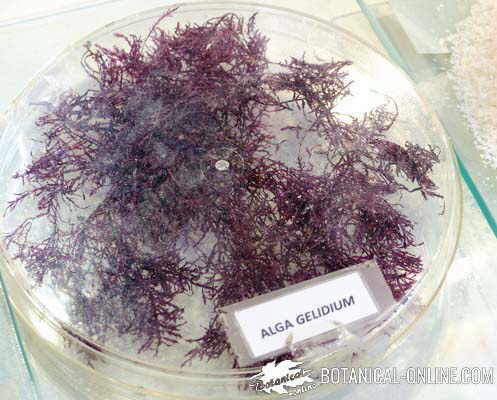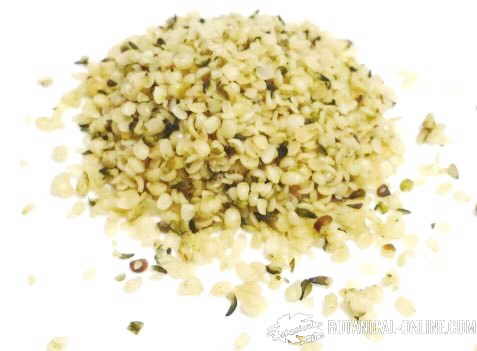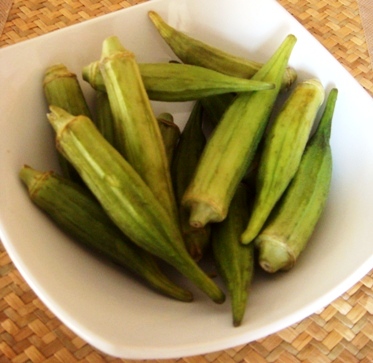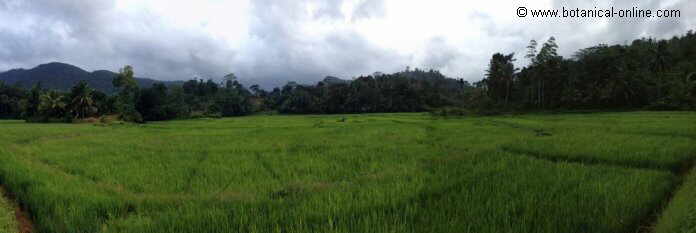The history of Taxol
Shane Ahford, sophomore
Texas Woman’s University
Denton, TX 76201
USA
November 8, 1999
History of Taxol
During the 1960’s, the National Cancer Institute (NCI) began a search for plants with an effect on chemotherapy for cancer. The process was very time consuming and many plant extracts underwent random screening. Finally, the hard work paid off and taxol was discovered. This wonder drug was produced from the bark of the Pacific yew tree, Taxus brevifolia, from which the name taxol was derived. Although the drug was discovered forty years ago, it was not tested experimentally until 1977. It took another sixteen years to be approved by the Food and Drug Administration (FDA) for the treatment of ovarian cancer, breast cancer, and Kaposi’s sarcoma.
In 1963, the U.S. Forest service collected the Pacific yew tree bark and shipped it to the NCI for study. Dr. Monroe Wall and Dr. Mansukh Wani isolated the Pacific yew tree compound and noted its antitumor activity in a broad range of rodent tumors. Then identified the active ingredient in the Pacific yew tree to be the seventeenth isolated compound, called paclitaxel (taxol). Later, problems with extracting, processing and neutral activity of paclitaxel suspended the research. Paclitaxel had a unique ability to prevent cell division by pulling apart the microtubules which rearrange throughout the life of a cell (Susan Horowitz at Albert Einstein College of Medicine, New York, 1979). This ability allowed for certain cancer patients to extend their lives up to fifty percent of the expected life sentence that they were given at the onset of the disease.
The NCI began to sponsor three phases to the research of paclitaxel against a number of different types of cancer, as studies of paclitaxel used by Dr. Moore, Dr. Wani, and Dr. Horowitz progressed. The first phase was to test the amount of the drug a person could withstand. Unfortunately, the first phase was not successful because allergic reactions caused by taxol in some patients. This situation made the NCI delay and even discontinue some aspects of the research. Later on it was discovered that the solvent used for the delivery of taxol was the ingredient causing the allergic reactions and not taxol itself.
During phase two, scientists at Johns Hopkins Oncology Center in Columbia, Maryland reported a thirty percent response rate in patients recieving paclitaxel with advanced ovarian cancer. Still, by this point, the difficulties in producing the drug hindered the scientists in testing more patients. The inability to produce enough drug caused phase three of the research to be triggered earlier. Also, at this point the NCI invited pharmaceutical companies to be involved in the development of paclitaxel. Bristol-Myers Squibb in New York was chosen by the NCI to be a partner in the development of TaxolTM (paclitaxel). Bristol-Myers Squibb commited to make taxol their top priority.
Finally, by 1992, the FDA approved taxol to be used in patients for whom the first-line treatment of carcinoma of the ovary failed. In under two years Bristol-Myers Squibb had resolved supply, purity, and production problems of taxol and were distributing enough drug for all patients in need. Eventually, they gained clearance from the FDA for treatment of breast cancer after failure of combination chemotherapy. The new semisynthetic form of taxol manufactured form renewable sources made it a lot faster and easier for Bristol-Myers Squibb to produce and market it for those needy patients. Then in 1997, the FDA approved Taxol for the second-line treatment of AIDS related Kaposi’s sarcoma.
Taxol has overcome many odds to be where it is at today. It takes a lot of time, effort, and money to create a new drug for humans to use against the latest life threatening diseases. In fact, it took us about forty years to find out this much about taxol; we still do not know all there is to know about this drug. The entire process of developing a new drug is estimated to take no less than twelve years with a cost of $250-300 million. There may be ten thousand potential drugs screened and only about twenty proceed to animal testing. In stage two out of these twenty, only ten get used in clinical trials on humans and in stage three only one gains approval from the FDA.
In the end, taxol was a successful journey, even though there were many obstacles in the way of its success. The drug has helped to make many patients happier on their road of life. Today, taxol is being tested for first-line treatment of ovarian cancer which could lead to many lives being saved. There is also the chance of taxol being used in the treatment for non-small cell lung cancer, one of the most deadly diseases among smokers. So, finally when we as humans went back to nature, it paid off. Natures goodness was always there; all we had to do was look for it.
Works Cited
“Fact Sheet: RTI’s Discovery of Taxol.” Research Triangle Institute. Online. 1999.
“Taxol.” Physicians Desk Reference, 53rd ed, Medical Economics Company Inc., New Jersey, 1999.
Trankina, Michelle. “Drugs That Grow On Trees.” The World & I, The Washington Times, Washington D.C., Aug. 1998: 158.
Related information
![]() More information about plants.
More information about plants.








